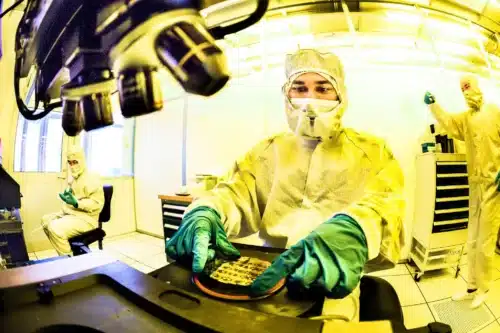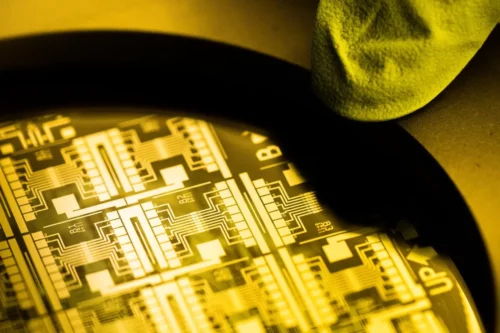Researchers have created artificial neurons that can replicate the natural behaviour of brain cells to enhance medical technology.

Our access to the human brain is just as much as our access to the depths of the ocean. Our understanding and idea of what could possibly be within these “depths” is merely true. But what if we could replicate the functioning of the brain instead of reaching into it. It can enable us to not only understand but even manipulate as per our interest.
An artificial organic neuron that closely mimics the characteristics of biological nerve cells has been created by researchers at Linköping University (LiU), Sweden. This artificial neuron can stimulate natural nerves, making it a promising technology for various medical treatments in the future.
A team of researchers led by Professor Simone Fabiano at the Laboratory for Organic Electronics has developed a new artificial nerve cell called “conductance-based organic electrochemical neuron” or c-OECN, which closely mimics 15 out of the 20 neural features that characterize biological nerve cells, making its functioning much more similar to natural nerve cells.

The team’s previous achievement in developing organic electrochemical transistors based on n-type conducting polymers, which are materials that can conduct negative charges, made it possible to build printable complementary organic electrochemical circuits.
In the newly developed artificial neuron, ions are used to control the flow of electronic current through an n-type conducting polymer, leading to spikes in the device’s voltage. This process is similar to that which occurs in biological nerve cells. The unique material in the artificial nerve cell also allows the current to be increased and decreased in an almost perfect bell-shaped curve that resembles the activation and inactivation of sodium ion channels found in biology.

The fact that the artificial neuron can stimulate the vagus nerve itself could, in the long run, pave the way for essential applications in various forms of medical treatment. In general, organic semiconductors have the advantage of being biocompatible, soft, and malleable, while the vagus nerve plays a key role, for example, in the body’s immune system and metabolism. Researchers plan to reduce the energy consumption of the artificial neurons, which is still much higher than that of human nerve cells.
Reference: “Ion-tunable antiambipolarity in mixed ion-electron conducting polymers enables biorealistic organic electrochemical neurons” -12 January 2023, Nature Materials.
DOI: 10.1038/s41563-022-01450-8








